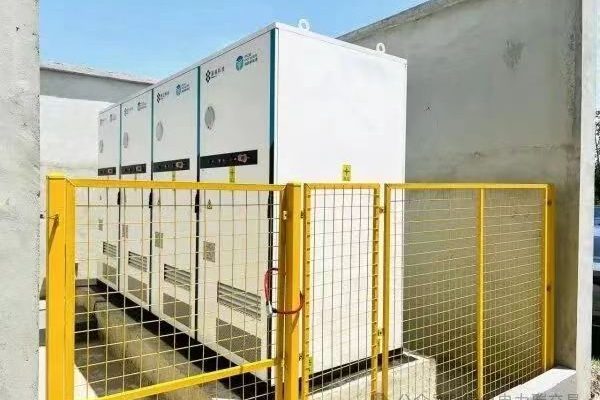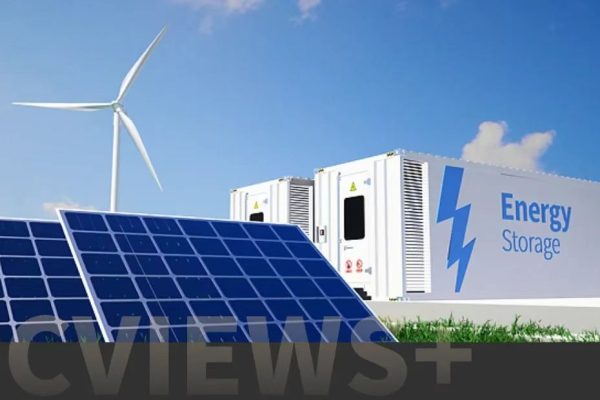Modular Energy Solutions for Remote, Industrial, and Emergency Use Cases
In an age of rising energy demand, grid instability, and disaster response needs, containerized microgrids have emerged as a powerful solution. They offer a self-contained, transportable, and scalable power supply system — ideal for remote regions, commercial/industrial applications, and temporary installations.
For small-to-medium integrators and exporters, building a plug-and-play containerized microgrid can unlock high-value, niche markets — with the added advantage of pre-assembly, factory testing, and easy deployment.
What Is a Containerized Microgrid?
A containerized microgrid is a fully integrated power system packaged in a shipping container (commonly 10ft, 20ft, or 40ft), containing:
- Solar PV array input (optional)
- Battery Energy Storage System (BESS)
- Hybrid or multi-source inverter(s)
- Diesel generator interface (optional)
- AC/DC distribution panels
- Control system + remote monitoring
- HVAC/fire suppression/insulation (for safety)
Once delivered, it can be installed in under 2–4 hours, depending on complexity.
Core Advantages for Clients
✅ Rapid Deployment — Just drop, connect, and switch on.
✅ Pre-Wired & Pre-Tested — Reduces site errors and commissioning time.
✅ Scalable — Units can be paralleled or upgraded modularly.
✅ Mobile — Ideal for mining, military, island grids, telecoms, disaster relief.
✅ Off-Grid or Grid-Tied — Can function in both isolated and hybrid modes.
Step-by-Step: Building a Plug-and-Play Microgrid in a Container
1. Define the Use Case
- Off-grid remote village? Focus on long-duration storage.
- C&I site with peak shaving? Optimize battery + PV control.
- Disaster recovery? Prioritize fast startup and low maintenance.
Each use case drives system design: energy mix, autonomy hours, redundancy, and portability.
2. Select the Right Container Type
- 20ft HC (High Cube): Most popular for medium-sized ESS (100–300kWh)
- 10ft Standard: For lightweight or pilot deployments
- 40ft HC: For high-power microgrids or integrated genset + PV
Ensure:
- Structural reinforcements
- Proper ventilation and insulation
- Corrosion resistance (especially for coastal/export projects)
3. Design the Electrical Architecture
| Component | Notes |
|---|---|
| Battery Modules | LFP (LiFePO₄) preferred for safety, lifespan |
| Hybrid Inverters | Must support solar + grid/genset + storage modes |
| MPPT Controllers | Optional if using DC-coupled solar |
| ATS/Bypass Switches | For maintenance or grid/genset transitions |
| AC Distribution Panel | Breakers, metering, remote ON/OFF |
| Energy Meter | For import/export control and monitoring |
Use pre-terminated cables, DIN rail mounting, and test points to reduce on-site wiring.
4. Implement Smart Monitoring & Control
- Use PLC or EMS software for system logic (load prioritization, black start, etc.)
- Add cloud-based remote monitoring for diagnostics
- Use smart relays or contactors for real-time control of loads/generator
- Ensure alarm systems for fire, smoke, temp, humidity, or vibration
5. Safety, Cooling, and Standards
- Fire suppression system (gas or aerosol-based)
- HVAC unit or passive ventilation for battery/inverter protection
- Follow applicable standards:
- IEC 61439 (switchgear)
- IEC 62619 / UL 9540A (battery safety)
- ISO container handling codes
6. Factory Acceptance Testing (FAT)
Before shipping, perform a complete FAT:
- Grid simulation and black start
- Load ramp-up/down test
- Communication protocol validation
- Thermal stress test
- Emergency shutdown simulation
Document all test results and include a configuration summary sheet in the shipping docs.
What Makes a “Plug-and-Play” Design?
✔️ Labeled input/output ports for AC/DC
✔️ Clear user manual and wiring diagram
✔️ Quick-connect terminals or industrial sockets
✔️ Pre-set inverter/grid settings based on destination country
✔️ Cloud or app-based configuration tools
This reduces friction during installation, especially in export scenarios.
Common Applications
| Application | Key Features Needed |
|---|---|
| Remote villages | Autonomy >3 days, solar + storage |
| Construction sites | Load balancing, genset integration, rugged design |
| Telecom towers | High uptime, battery backup, solar optional |
| Island resorts | Off-grid + aesthetic design, noise control |
| Disaster zones | Rapid deployment, easy generator interface |
Export Tips for System Integrators
- Use modular designs that fit standard shipping dimensions
- Provide multi-language manuals and QR-code setup videos
- Pre-configure grid settings and country-specific firmware
- Include commissioning checklist and remote support info
- Offer OEM branding or local installer partnership options
Containerized microgrids represent a huge opportunity for small energy exporters and integrators. By combining proven ESS components in a rugged, plug-and-play format, you can deliver high-value solutions to markets that demand fast, resilient, and mobile energy — without needing on-site engineering.
With smart design and strong support documentation, even a small team can build world-class container systems that scale globally.









